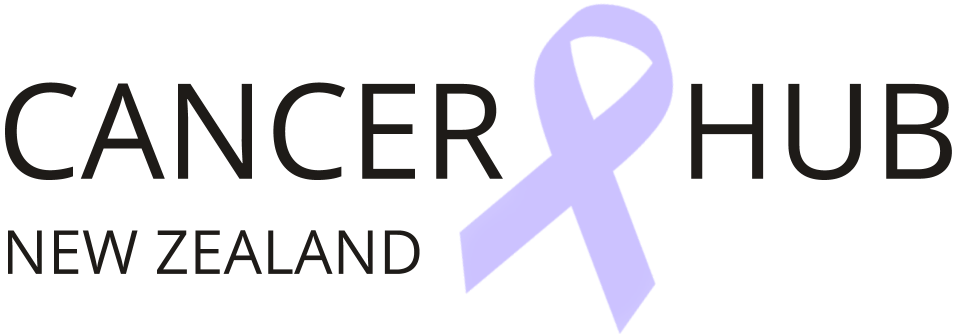Kidney Cancer Research Areas Involving NZ Researchers:
Kidney Cancer and Behavioural Research
Kidney Cancer Biology
Professor Brett Delahunt, Associate Professor Diane Kenwright, Helen Morrin, Professor Mike Eccles,
Kidney Cancer Screening
Kidney Cancer Treatment, Including Clinical Trials
Standards of Service Provision for Kidney Cancer Patients in New Zealand – Provisional
This provisional kidney cancer tumour standard describes the level of service that a person with bowel cancer in New Zealand should have access to. All of the recently developed provisional tumour standards include a number of standard statements that are generic across most cancers; they apply to all people with cancer and to all cancer types.
Recent International Kidney Cancer Research
OVERVIEW
There are two kidneys, one on each side of the spine, above the waist. The kidneys clean the blood to take out waste and make urine. Urine collects in the renal pelvis, the area at the center of the kidney, and then passes through the ureter, into the bladder, and out of the body. The kidneys also make hormones that help control blood pressure and signal the bone marrow to make red blood cells when needed.
There are three main types of kidney cancer. Renal cell cancer is the most common type in adults and Wilms tumors are the most common in children. These types form in the tissues of the kidney that make urine. Transitional cell cancer forms in the renal pelvis and ureter in adults.
Smoking and taking certain pain medicines for a long time can increase the risk of adult kidney cancer. Certain inherited disorders can increase the risk of kidney cancer in children and adults. These include von Hippel-Lindau syndrome, hereditary leiomyomatosis and renal cell cancer, Birt-Hogg-Dubé syndrome, and hereditary papillary renal cancer.
Kidney tumors may be benign or malignant.
Renal Cell Cancer Treatment – Patient Version
Transitional Cell Cancer of the Renal Pelvis and Ureter Treatment – Patient Version
Wilms Tumor and Other Childhood Kidney Tumors Treatment – Patient Version
Renal Cell Cancer Treatment – Health Professional Version
Transitional Cell Cancer of the Renal Pelvis and Ureter Treatment – Health Professional Version
Wilms Tumor and Other Childhood Kidney Tumors Treatment – Health Professional Version
Genetics of Kidney Cancer (Renal Cell Cancer) – Health Professional Version
